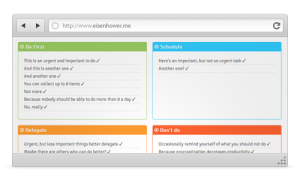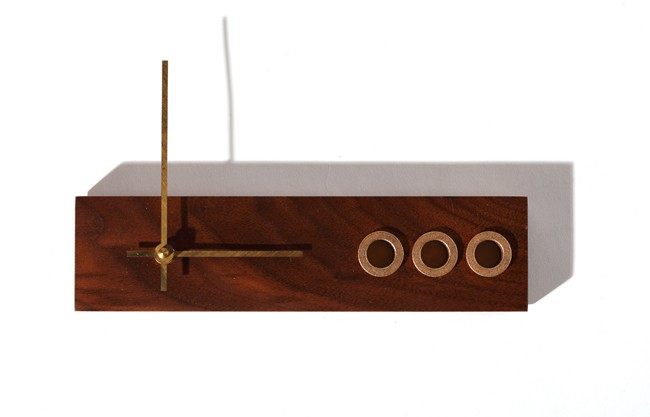I was recently pitched on the value of a Global Indexed Universal Life Policy from ING. I came up with some math showing how it’s a really bad value in the shorter term (20-30 years). Obviously, these policies have potential for tax savings at the 70 year old mark (assuming an investor in their early 30s), however they lock you in to a single investment strategy over a very long period of time.
I was quoted $438.06 per month fee for the GIUL.
I don’t believe that I anyone can afford these GIUL policies because it forces people to invest in the same way for a 30-50 year timespan. I think that people would rather have more control over my investing choices. Personally, I’d rather be able to change my mind and invest in different sectors like real estate or mutual funds of my choosing. With a GIUL you do not have that control.
Also, it’s like a forced savings plan, and it just feels unsafe in that you would have to make that payment every month. Miss it? Risk losing everything.
Throwing money away for the first 7 to 10 years!
Since there’s basically no benefit for the first 7 to 10 years (except the life insurance death benefit which is an important benefit) I felt like the next 7 to 10 years are the ones I would like to have liquid assets (and, working on paying off house).
Contrast: I think I can get term life insurance for approximately $100/month.
I took the last 20 years of the S&P 500 and it looks like it had an annual rate of 6.24% from Dec 31, 1992 through Jan 2, 2013. Investing $338.06 per month for those 20 years would have resulted in a return of approximately $162,692.37 which is more than the 20 year net surrender value of the GIUL policy. The GIUL policy has a surrender value of $149,307 at 20 years (assuming 8.5% return).
Assuming a term life policy only cost me $100 month during that period, I would be only down $24,000. Plus, if I were to die 20 years from now, and carried a term policy at that time, I’d have the death benefit from that + my investment return as well. I am having difficulty seeing why I wouldn’t want to do that.
It’s very important to run the math on these! Instead, fund your Roth IRA to the max.
From what I can understand about a GIUL policy, the death benefit would be all a person would receive if I were to die before an older age.
In other words, if you die, you only get the death benefit, and none of that money you’ve been “investing.”
That’s just not a good investment practice. Why risk that? For less money, you can have a term life insurance policy that protects you, and then anything I invest I know I will have access to. It’s way more liquid. I’d much rather wake up 20 years from now having “invested the difference” and have a liquid nest egg than have it be tied up in an insurance policy.
Your insurance salesperson will tell you that you do have access to that capital… by explaining that you get access to that money by borrowing it from the policy, but there are some tax implications there that can’t be overlooked.
I also am having a hard time coming to terms with the idea that if I died within the first 7-10 years I am not further ahead than if I “invested the difference”.
The insurance salesperson will ask: Will you really invest the difference? The answer is yes, absolutely! I’ll invest it in life, travel, and retirement.
A few questions to ask your insurance salesperson:
Question: Is there a cap on how much I can earn on the investment? I read somewhere that dividends earned by the S&P 500 aren’t paid out, is that true? What are my approximate fees? From reading an article, I get the idea that long-term it actually pays off admirably. But, I guess I’m just not so convinced of the idea that I should limit myself to placing a sizable percentage of my income for the next 30+ years into one investment method.
As a comparison, you’ll want to fund a Roth IRA to the max ($5,500/year) every single year that you can. Never miss a year.
What if you die at an early age?
Looking at it further, if I were to die at 63 (age my mom died) after 30 years of investing in the GIUL policy I would have invested about $152,444.88 over that time. The death benefit is $500k and the Net Surrender Value is $380,194.
If we take the S&P 500 average over the last 30 years we get 8.120% return. After 30 years of investing $338.06 on a monthly basis I would end up with $507,944 which is more than the death benefit. Let’s guess over that period I would have paid out $36,000 for a 30-year term (might be low). Even taking half of the proceeds for taxes and fees, with a term-policy my spouse would be left with a term-life death benefit and the “invest the difference” investment of maybe $250,000.
The GIUL looks like a really good deal if I don’t die. And that’s the trouble. You don’t know, and if you do die, you’ll have lost a fortune.
There are a ton of videos on YouTube where insurance salespeople will pitch life insurance, and provide various examples of why term-life insurance is a bad deal. Here’s one example showing a sales person attempting to show how to handle a customers objections.
You’ll obviously want to do your own research. Personally, I came to the conclusion that the GIUL Policy is a very bad deal, and that you should always go with term life insurance. Don’t get talked into a fancy life insurance policy! It isn’t worth the risk. Seriously, don’t even consider getting anything besides a term life policy.
Note: I don’t sell life insurance, never have, never will. I’m a designer and writer, and not in that business at all. Take my advice: Don’t get a GIUL!


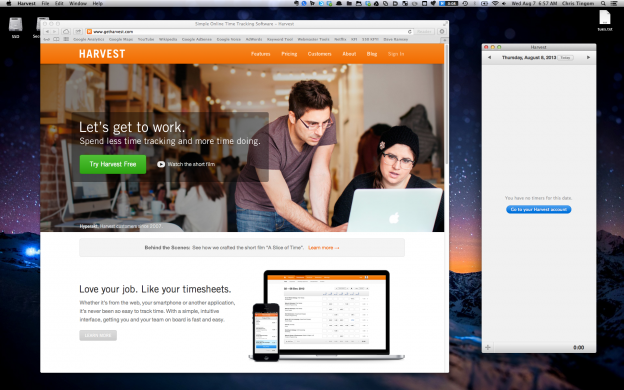
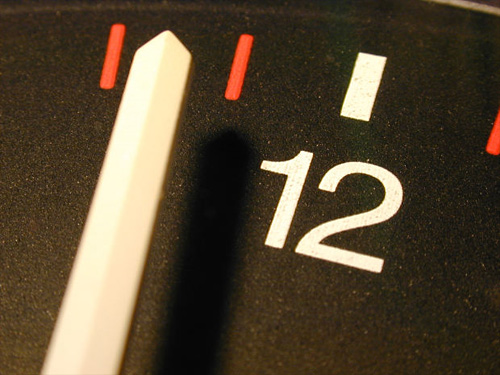 Something I’ve been thinking about lately is the cost of commuting. If your daily commute takes 20 minutes (round trip), as mine does, how much time are you really spending per-month, and per-year behind the wheel?
Something I’ve been thinking about lately is the cost of commuting. If your daily commute takes 20 minutes (round trip), as mine does, how much time are you really spending per-month, and per-year behind the wheel?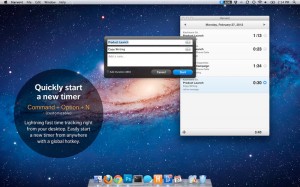
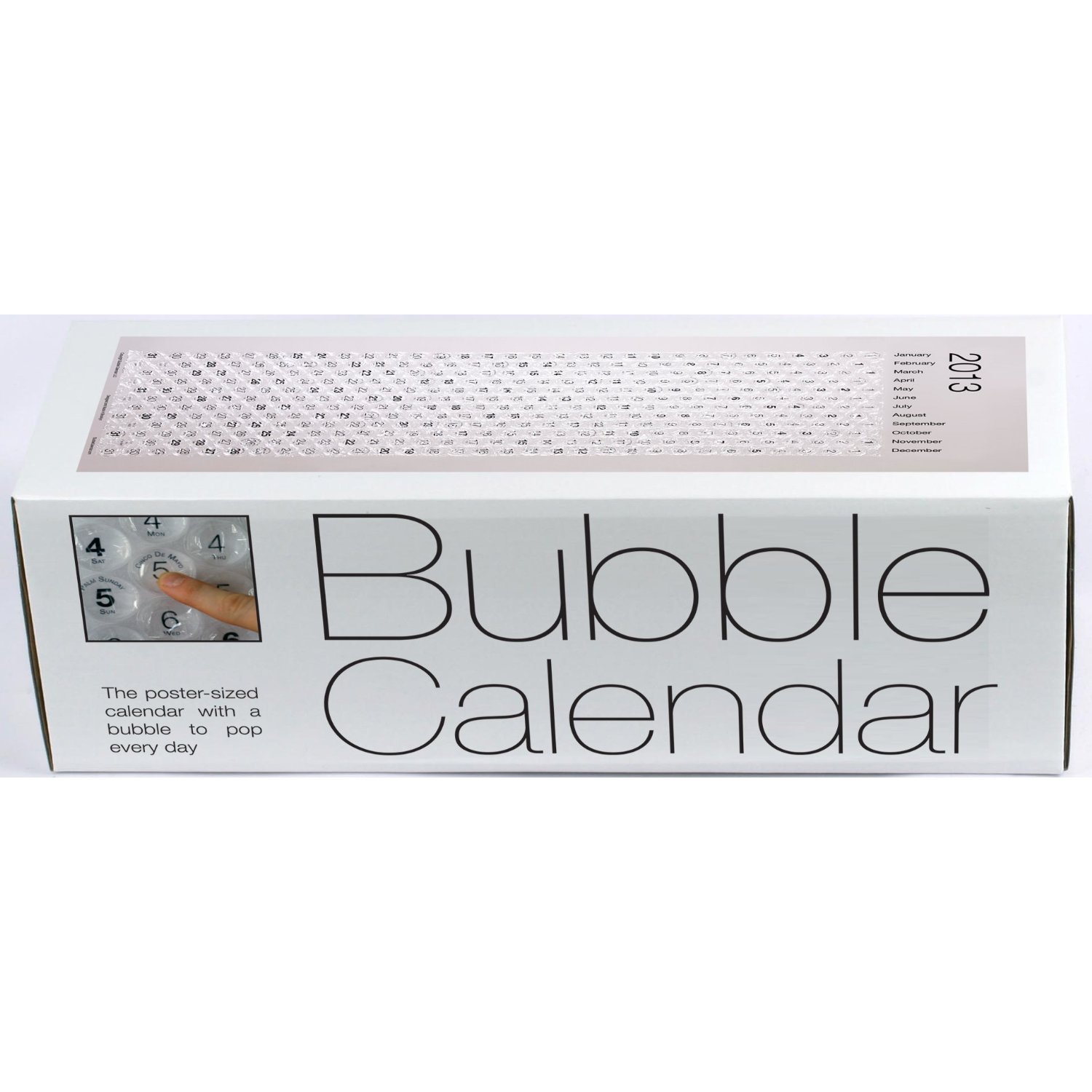
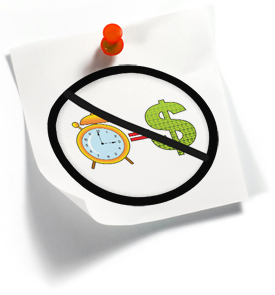 What time tracking application do you currently use for your business? There’s definitely a lot to consider, and I think everybody is looking for something a little bit different.
What time tracking application do you currently use for your business? There’s definitely a lot to consider, and I think everybody is looking for something a little bit different.
